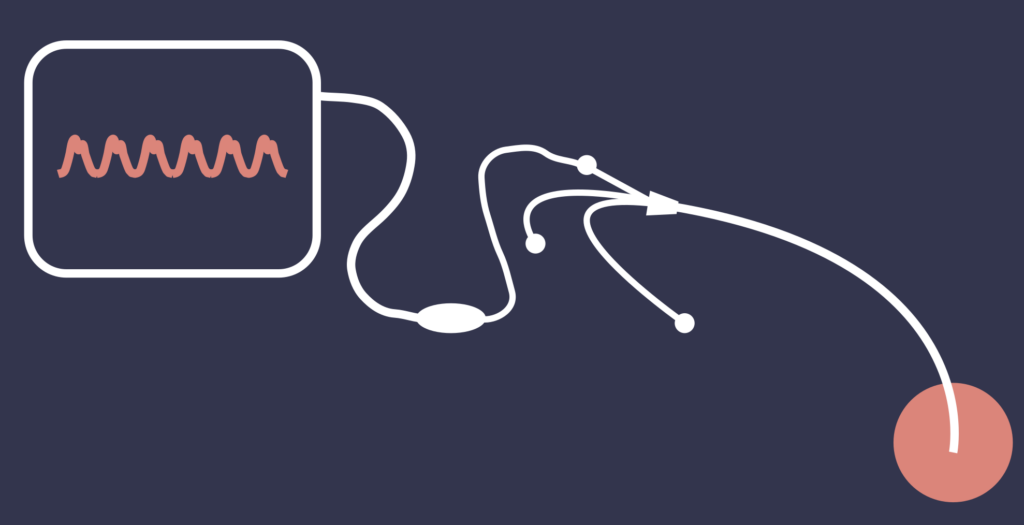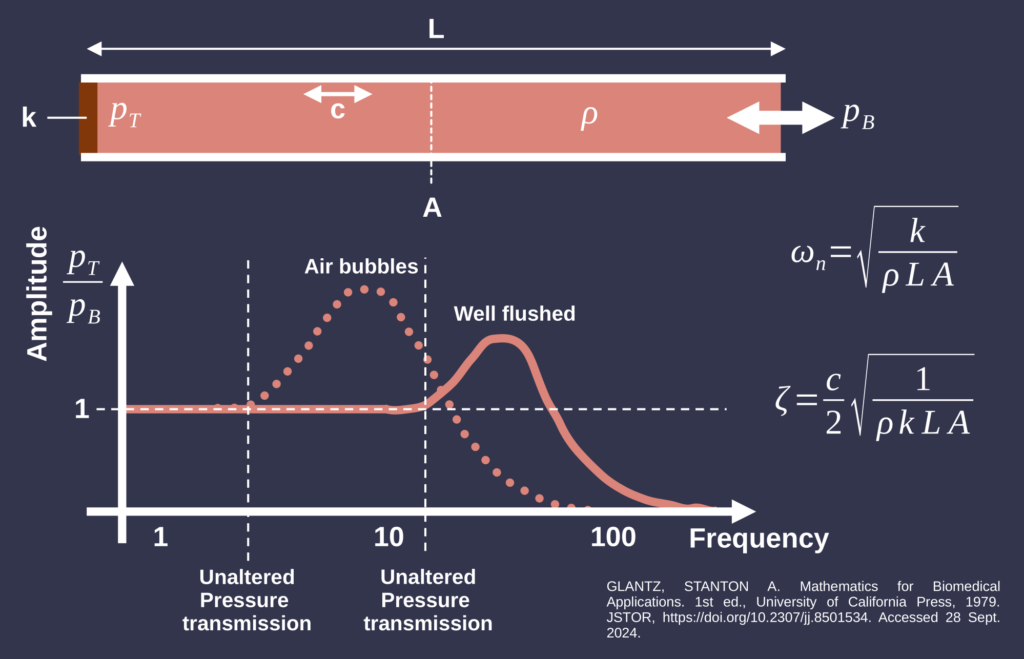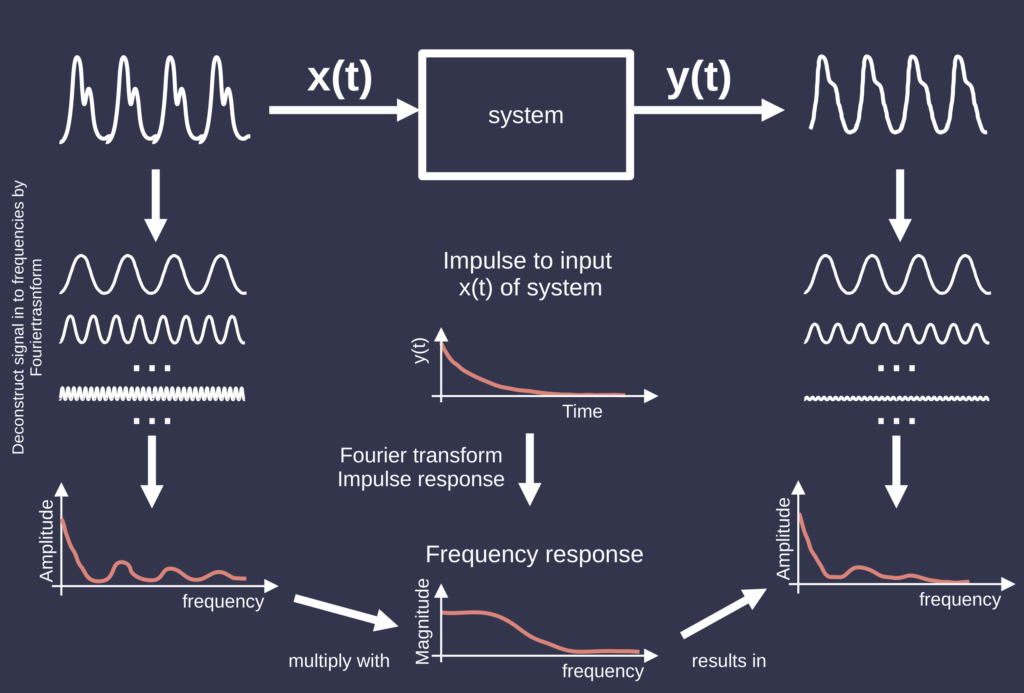Fluid-filled catheters are essential medical devices designed to monitor and manage pressures within different bodily cavities, such as blood vessels, the heart, or the brain. These catheters consist of flexible tubes filled with a fluid, typically saline, that effectively transmits pressure changes from the body to an external monitoring system.
The catheters are usually made from biocompatible materials like silicone or polyurethane, which help minimize irritation and reduce the risk of infection. Inside the catheter, a fluid column—usually saline—serves as the medium for pressure transmission. The characteristics of this fluid, including its density and viscosity, play a critical role in how pressure changes propagate through the catheter.

The inner space of the catheter, known as the lumen, allows the fluid to flow freely. When pressure is applied to one end of the catheter it creates a pressure differential that impacts the fluid within. This change is transmitted along the fluid column to a pressure sensor located at the distal end of the catheter. The sensor converts the pressure into an electrical signal, which can then be displayed on a monitor, providing real-time feedback for clinical assessment.
One of the primary advantages of fluid-filled catheters is their ability to provide continuous pressure readings, allowing healthcare professionals to intervene promptly when necessary. They are also minimally invasive, often inserted using techniques that promote quicker recovery times for patients. Their versatility allows for adaptation across various medical fields, making them invaluable tools in patient care.

The behavior of the fluid within the catheter is governed by principles of fluid mechanics. The properties of the fluid—specifically its density and viscosity—play a crucial role in determining how pressure changes propagate. Viscosity, for instance, introduces damping effects that can influence the response time of the system.
The geometry of the catheter is another important factor. The length and diameter of the catheter affect how pressure is transmitted. A longer or narrower catheter generally leads to greater resistance and can cause delays in the propagation of pressure changes.
An ideal amplitude spectrum is characterized by a flat response at a value of 1. This indicates that the amplitudes across different frequencies are transmitted without alteration, ensuring that the pressure signal measured at the transducer accurately reflects the pressure at the measurement site.

Fluid-filled catheters are utilized in various medical scenarios. For instance, they are commonly used for monitoring intracranial pressure, which is critical for patients with traumatic brain injuries or conditions like hydrocephalus. In the context of cardiac catheterization, these devices measure pressures within heart chambers and vessels, aiding in the diagnosis and management of cardiovascular conditions.
However, despite their benefits, fluid-filled catheters come with certain risks, including infection, clot formation, and potential damage to surrounding tissues. Therefore, proper insertion techniques, diligent maintenance, and vigilant monitoring are crucial to mitigating these risks and ensuring patient safety.
